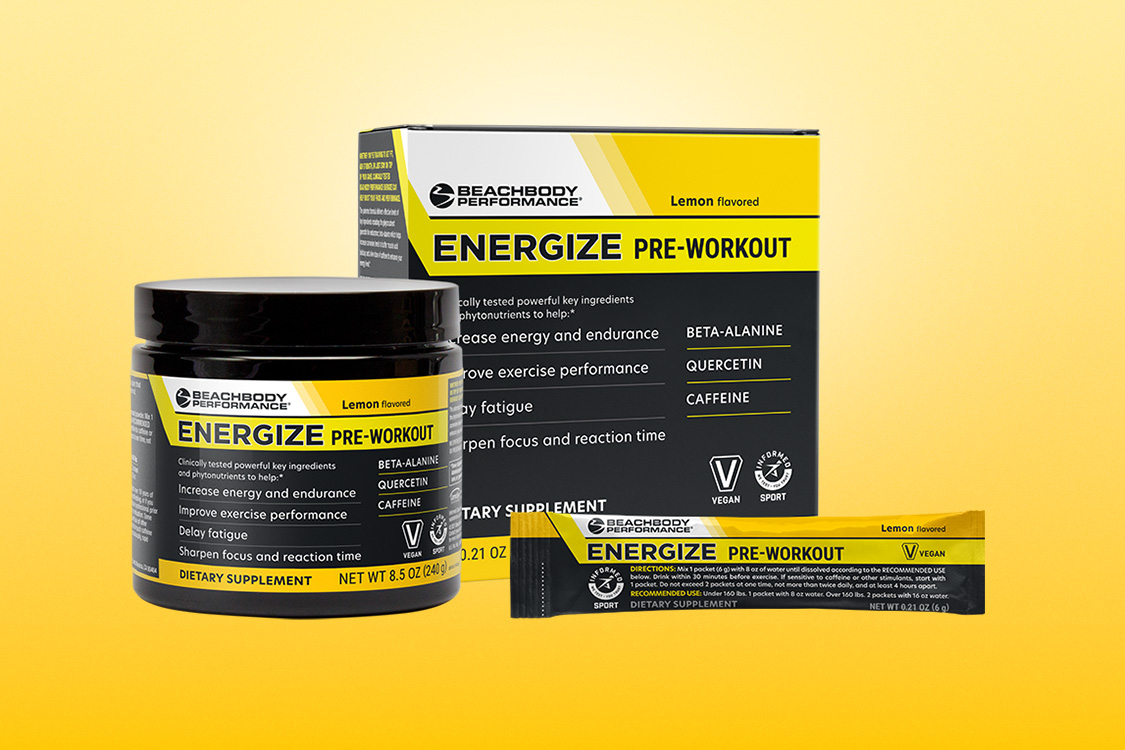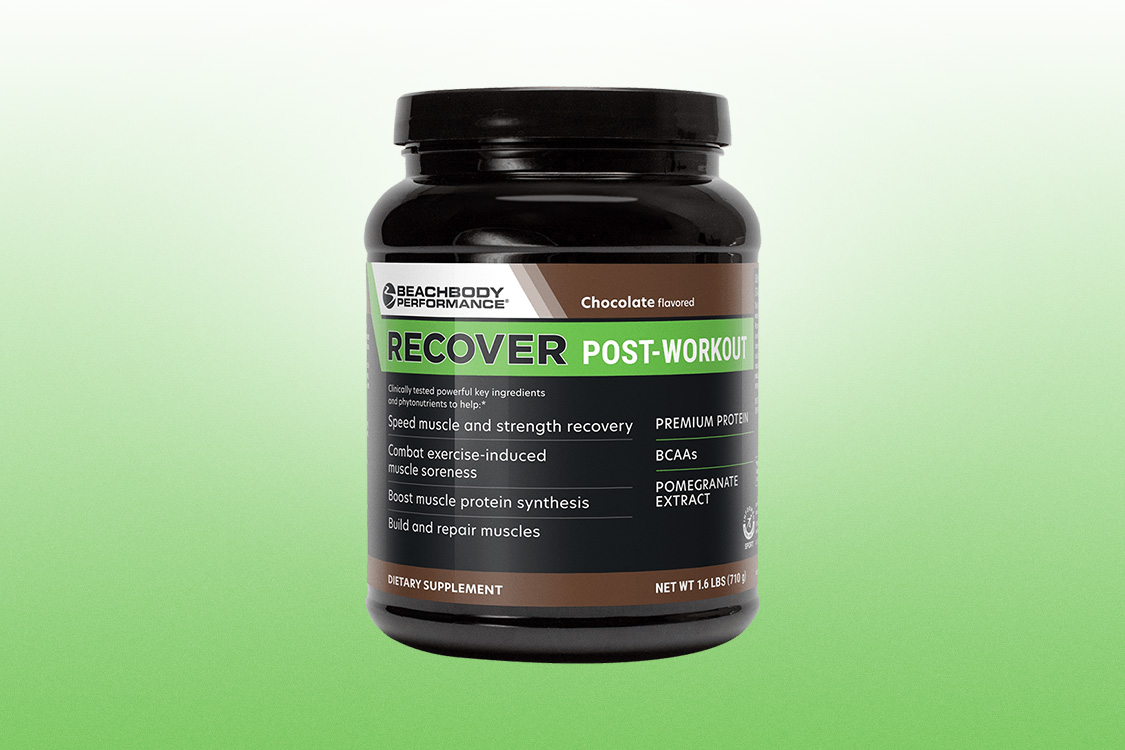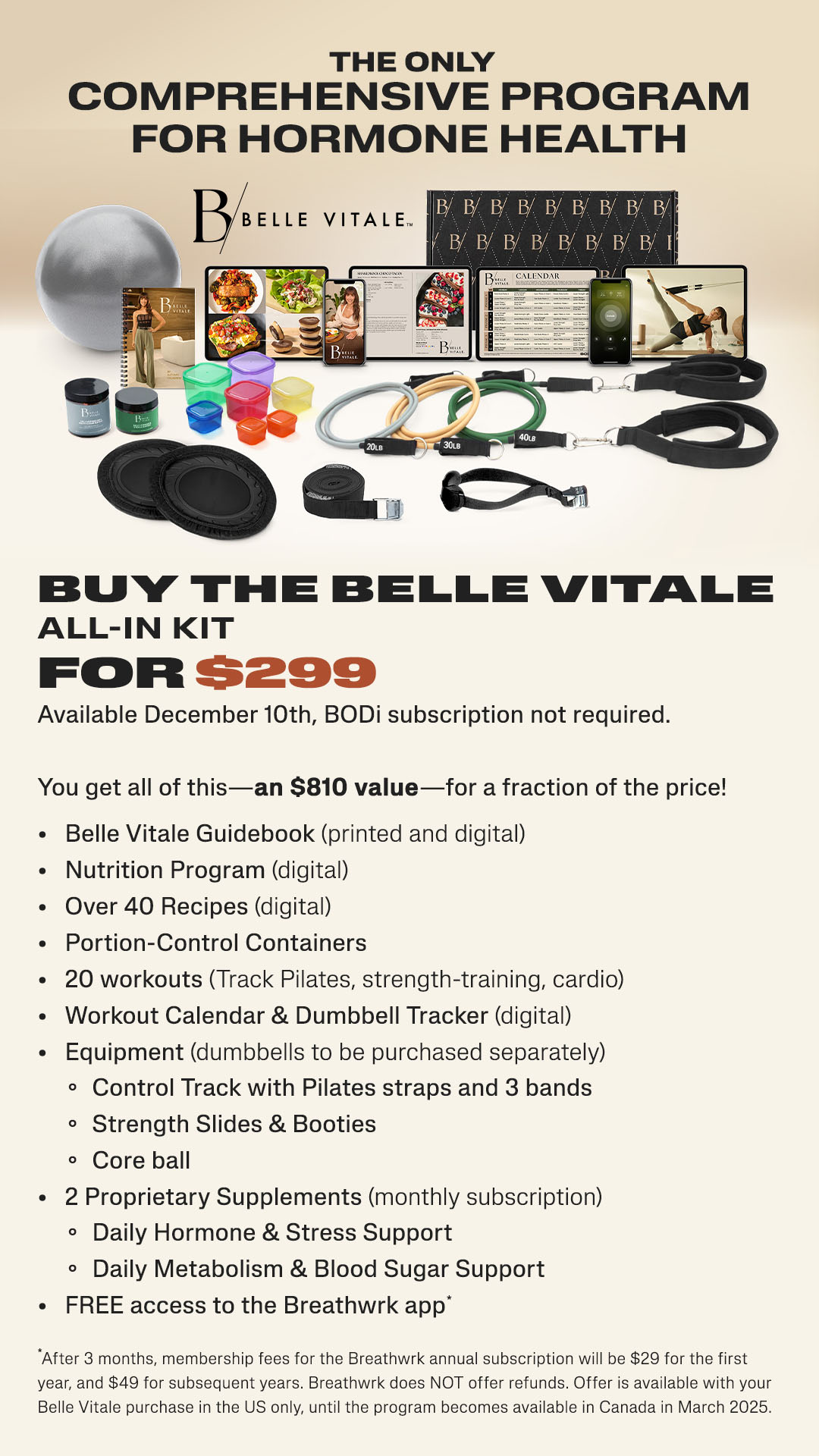The Push-Up and How to Love It
"Drop and give me twenty." If you made it through high-school gym class, you probably broke into a cold sweat the moment you read those five words. To a gym teacher, nothing says "I own you" like push-ups. Because of this, most people think of these exercises as painful, demanding grunt work that serves no other purpose than humiliation.
Au contraire! In truth, the push-up is an amazing exercise. It works all kinds of muscles, requires no extra equipment, and can be easily tailored for all fitness levels. So let's take a look at the humble push-up, shall we?
The primary muscles that push-ups work are your chest muscles, or your pectoralis major, if you want to be fancy about it. But that's just where the fun begins. Also getting a workout are your anterior deltoids (your front shoulder muscles), and your triceps. Several other muscles act as stabilizers during a push-up, meaning they don't really move, but they do contract, so they also get a workout. These muscles include biceps, obliques, quads, and everyone's favorite, the abs.
How is it done?The form, in theory, is simple. Arms should be shoulder-length apart. Your body should be straight as a board the whole time. A common mistake is to lift your booty too high. Look out for this. If you can check your form in a mirror, great. If not, have a friend take a look at your form.
Once you have that sorted out, make sure you get full range of movement. Don't lower yourself to the point that you're touching the ground (there's no resting in push-ups!), but get right down there close. When you come up, come all the way back up. As Tony says, "You've got the whole muscle; you might as well use it."
Finally, go sloooooooow. If you blast through push-ups, range of movement often suffers. Also, momentum starts doing a lot of the work, so your muscles don't get the workout. If you can do a steady, controlled push-up in one or two seconds, that's perfect. If you want to do them slower, great! Enjoy the burn!
If you're looking to accent pectoral development, try wide push-ups. They're the same as regular push-ups, only with your hands about shoulder length and a half apart. If you're looking to work on your triceps, place your hands closer together, making a diamond with your hand and when you lower yourself to the ground, let your elbows go back, not out.
Too hard!Unfortunately, this festival of anaerobic goodness can be somewhat difficult. If you're having a hard time with push-ups, you can always drop to your knees and do what were called in less politically correct times "girlie push-ups." But just brush this misnomer aside because, as long as your form's right, you're still getting plenty of benefit.
If this is still too difficult, do them standing up. Stand about two feet away from the wall, pushing yourself off, so the upper body does the same movements as a regular push-up, only vertically. Once you've mastered that, again do them standing, but push off your kitchen counter with your body straight, so they're more diagonal. After that, do them with your hands on the seat of a chair, then hands on a smaller stool, and end up with your hands on the ground, doing good old-fashioned regular push-ups.
Too easy!If you have the opposite problem, and push-ups are just too easy, there are plenty of ways to adjust things so as to insure self-torture. In addition to the previously mentioned slowing down, you can put your feet up on the seat of a chair, with your hands still on the ground, so you're doing an inverted push-up.
Clappers are another easy way to add challenge. When you're pushing yourself up, simply do it with enough force so that you lift yourself up a little and have time to quickly clap your hands before putting them back on the ground. Keep in mind that this is a fairly plyometric move and can be tough on the wrists and elbows.
Or, if you want to increase the intensity but keep standard form, you can do push-ups wearing a backpack with weights in it. This can be hard on your back and shoulders, so if you have a history of problems in either area, avoid this trick. Also, until you know your limits, you might want to have a friend hold the pack on your back, so it can be pulled off in case you've overshot your limits.
Save the wristsThe most common problem people have with push-ups involves the wrists, which isn't surprising, considering you're supporting the bulk of your body weight on a bent joint. The obvious solution is to straighten the joint. You can do this by doing the exercise on your fists. If that's a tad too macho for you, you can purchase push-up bars at most sporting goods stores for around $20. They're little C-shaped bars you hold that allow you to work with straight wrists. If you don't feel like springing for yet another fitness doodad, and you have weights, you can always grasp them instead, provided they aren't the kind that will roll out from under you.
You see? Push-ups aren't that bad! There are dozens of ways to do them and they have a host of benefits. So next time you drop for twenty, just consider that maybe that gym teacher had your best interests at heart.
But probably not.





